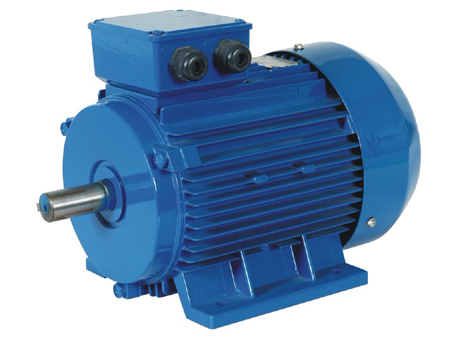agricultural Chain synchronous motors. A synchronous motor is one in which the rotor normally rotates at the same swiftness as the revolving field in the machine. The stator is comparable to that of an induction machine comprising a cylindrical iron framework with windings, generally three-phase, positioned in slots around the inner periphery.
generally, synchronous motors are used for applications where precise and continuous speed is necessary. Low power applications of these motors include positioning devices. These are also applied in robot actuators. Ball mills, clocks, record participant turntables  also make use of synchronous motors.
also make use of synchronous motors.
The principle of procedure of a synchronous electric motor could be understood by taking into consideration the stator windings to be connected to a three-phase alternating-current supply. The effect of the stator current is usually to establish a magnetic field rotating at 120 f/p revolutions per minute for a frequency of f hertz and for p poles. A direct current in a p-pole field winding on the rotor will also produce a magnetic field rotating at rotor swiftness. If the rotor quickness is made add up to that of the stator field and there is no load torque, these two magnetic fields will tend to align with each other. As mechanical load can be applied, the rotor slips back again numerous degrees with respect to the rotating field of the stator, developing torque and continuing to become drawn around by this rotating field. The angle between the fields raises as load torque is definitely increased. The utmost available torque is achieved when the angle by which the rotor field lags the stator field is 90°. App of more load torque will stall the engine.
One benefit of the synchronous electric motor is usually that the magnetic field of the machine can be produced by the direct current in the field winding, so that the stator windings have to provide only a power component of current in phase with the applied stator voltage-i.e., the engine can operate at unity power element. This condition minimizes the losses and heating in the stator windings.